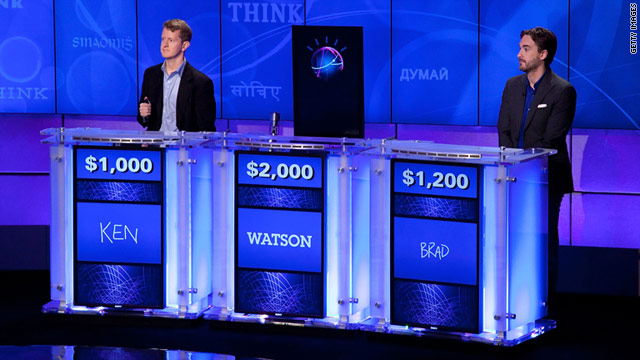Computer ties human as they square off on ‘Jeopardy!’ — from CNN.com
.
.From DSC:
To be clear, I celebrate what the LORD has created and given to us in our amazingly-complex minds! I do not subscribe to the idea that robots are better than humans or that technologies are to be glorified and that technologies will save the world — not at all. (In fact, I have some concerns about the havoc that could easily occur if certain technologies wound up in the wrong hands — with those who have no fear of the LORD and who have massive amounts of pride…with hearts of stone.)
Getting back to my point…
The phenomenon that Christensen, Horn, and Johnson describe in Disrupting Class continues to play out in higher education/K-12. The innovations are mainly happening outside the face-to-face T&L environments.
Also see:
- IBM’s Watson is very 20th century — from Judy Breck
- How IBM created Watson to beat jeopardy — from digitizd
- This Computer Could Defeat You at ‘Jeopardy!’ Q: What is Watson? — from PBS
- IBM Watson Videos –nextbigfuture.com




















